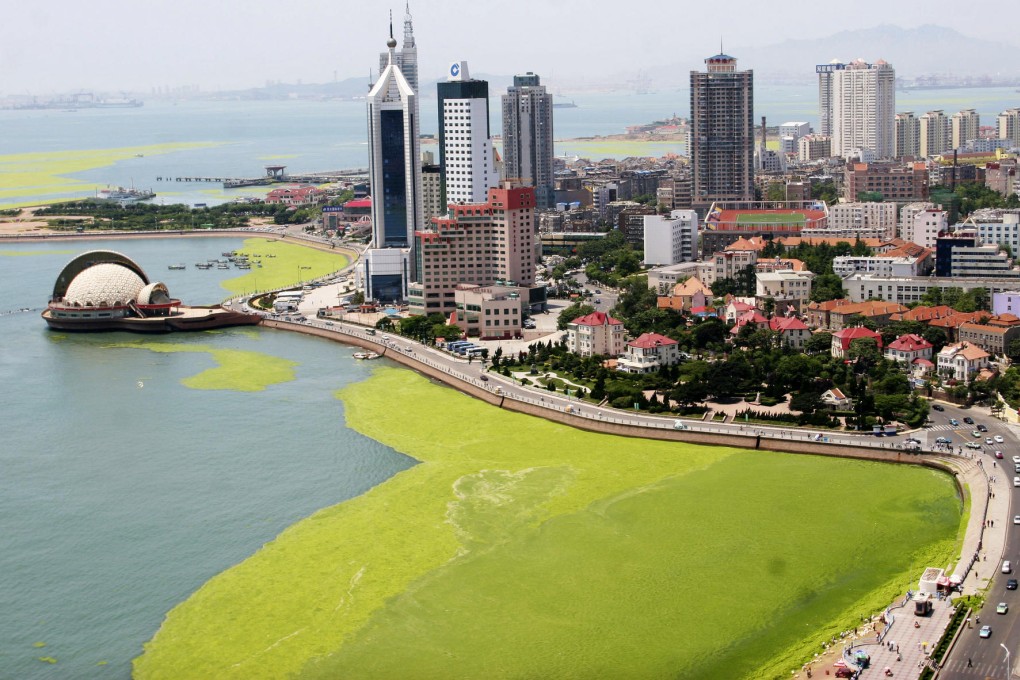Seaweed farming linked to Qingdao's green tide of algae
With accusing fingers pointed at Jiangsu's seaweed industry, the annual spread of unsightly algae has become a divisive and sensitive issue

When Jiangsu seaweed farmers won the right to sell their produce to Japan in 2005, few expected their victory to bring such big changes to one of the mainland's most popular seaside resorts.

Qingdao's beaches began to look more like grasslands as they were swamped by the annual "green tide" last month, with this year's outbreak covering an unprecedented 28,600 square kilometres.
While the algae appears harmless to humans, it can choke off oxygen supplies for marine life, and the smell as it rots does little to attract tourists to a city long famed for its local Tsingtao beer and beaches.
The algae first hit in earnest in 2008, weeks before Qingdao was in the international spotlight as host of the sailing events for the Beijing Olympics, yet no convincing explanation for the algal bloom has emerged.

But the findings are already proving controversial, with scientists involved in the research reluctant to speak publicly due to its "sensitivity". Not only does the study cover relations between two provinces, but it also has implications for a fast-growing and lucrative industry.